How To Dial In An Espresso Shot
Introduction
Dialling in an espresso shot is the process of adjusting various factors to achieve the perfect balance of flavours, aroma, and extraction in your espresso. It can be a bit of trial and error, but with practice and attention to detail, you can consistently produce excellent shots of espresso. Here's a step-by-step guide on how to dial in an espresso shot:
1. Start with Fresh Coffee Beans:
- Use freshly roasted coffee beans, ideally within 1- 4 weeks of the roast date. Beans that are too old may result in a less flavourful shot.
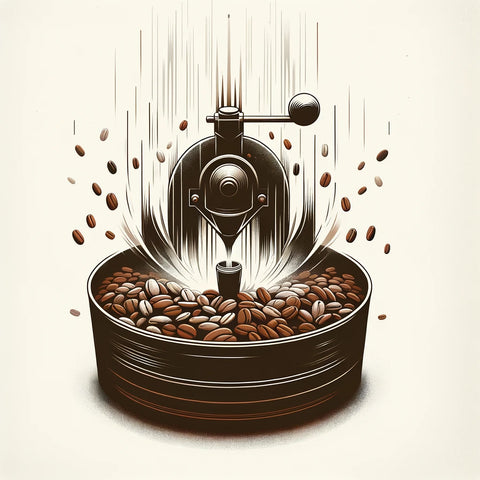
2. Choose the Right Coffee:
- Select coffee beans that match your taste preferences and the type of espresso you want to make, whether it's a single origin, blend, light roast, or dark roast.
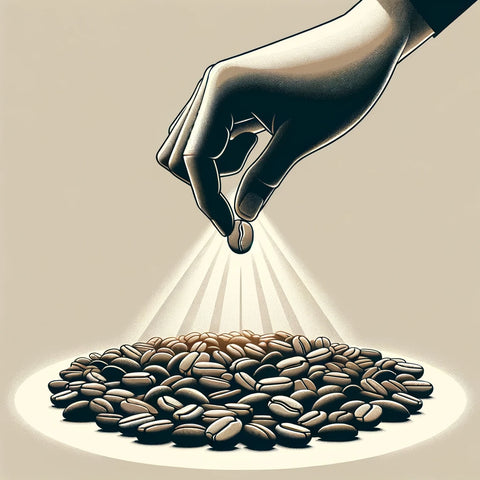
3. Gather Your Equipment:
- You'll need an espresso machine, a grinder, a scale, a tamper, a timer, and espresso cups or glasses.

4. Clean the Espresso Machine:
- Ensure that your espresso machine is clean and properly warmed up. Clean the portafilter, group head, and other components to remove any coffee residues.
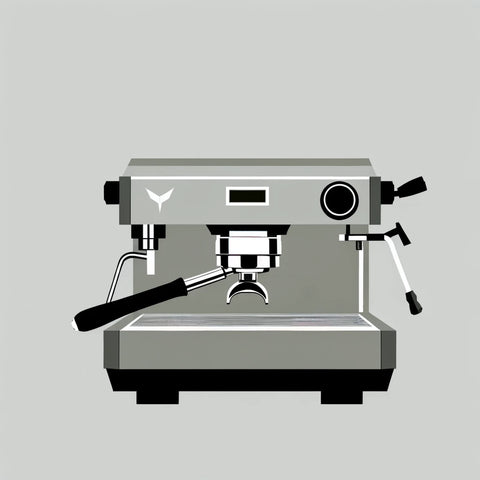
5. Adjust the Grind Size:
- Start by setting your grinder to a medium-fine grind size, similar to table salt. This is a good starting point, but it may need adjustment based on the coffee beans and your machine.
- Grind a small amount of coffee and weigh it to ensure consistency. The weight of your coffee grounds should match the desired dose (usually around 18-20 grams for a double shot).
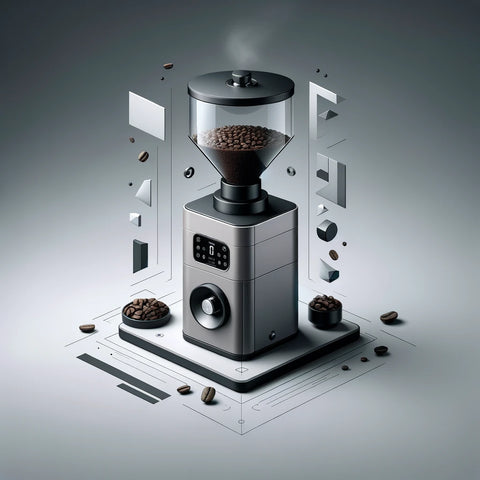
6. Dose and Distribution:
- Dose the coffee grounds into the portafilter basket and distribute them evenly. You can use a distribution tool or gently tap the portafilter to achieve an even surface.
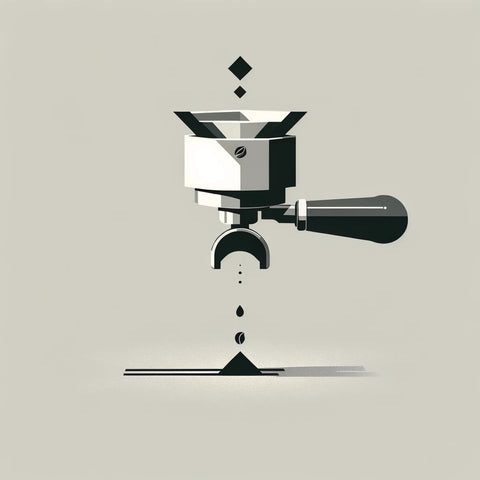
7. Tamping:
- Tamp the coffee grounds evenly and firmly. The pressure should be consistent with each shot. A calibrated tamper can help ensure even pressure.
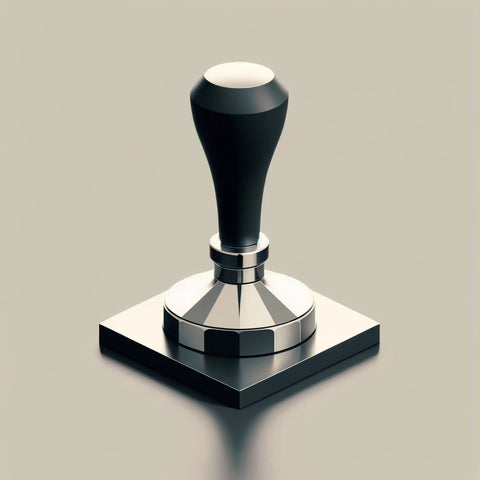
8. Time the Shot:
- Start the espresso shot and time the extraction. A typical shot time for a double shot of espresso is around 25-30 seconds.

9. Observe the Espresso:
- Watch the espresso as it flows into the cup. A well-balanced shot should have a steady flow, resembling a thin stream of honey.
- Note the colour and consistency of the crema, which should be thick, uniform, and tan or reddish-brown in colour.
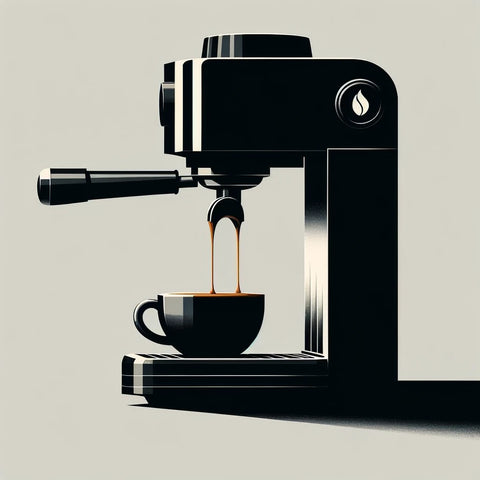
10. Taste and Adjust:
- Taste the espresso shot. Pay attention to its flavour, balance, and any off-notes.
- If the shot tastes sour or weak, it may be under-extracted. To remedy this, try a finer grind, adjust the dose, or increase the shot time.
- If the shot tastes bitter or harsh, it may be over-extracted. To fix this, try a coarser grind, adjust the dose, or decrease the shot time.

11. Make Incremental Changes:
- Make one adjustment at a time and then pull another shot. This will help you isolate the impact of each change.
- Continue adjusting until you achieve the desired flavour profile with balanced acidity, sweetness, and bitterness.
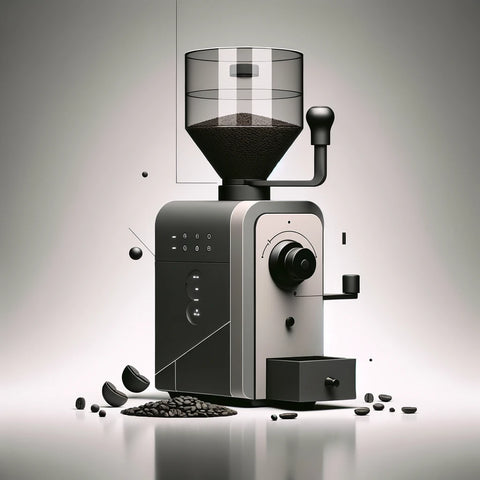
12. Record Your Settings:
- Once you've dialled in a great shot, record your grinder settings, dose, shot time, and any other relevant factors. This will make it easier to replicate the results in the future.
Conclusion
Remember that dialling in espresso is an ongoing process. Factors like humidity, coffee bean freshness, and machine variations can impact the outcome. Regularly revisit your settings and make adjustments as needed to consistently produce the perfect espresso shot.



